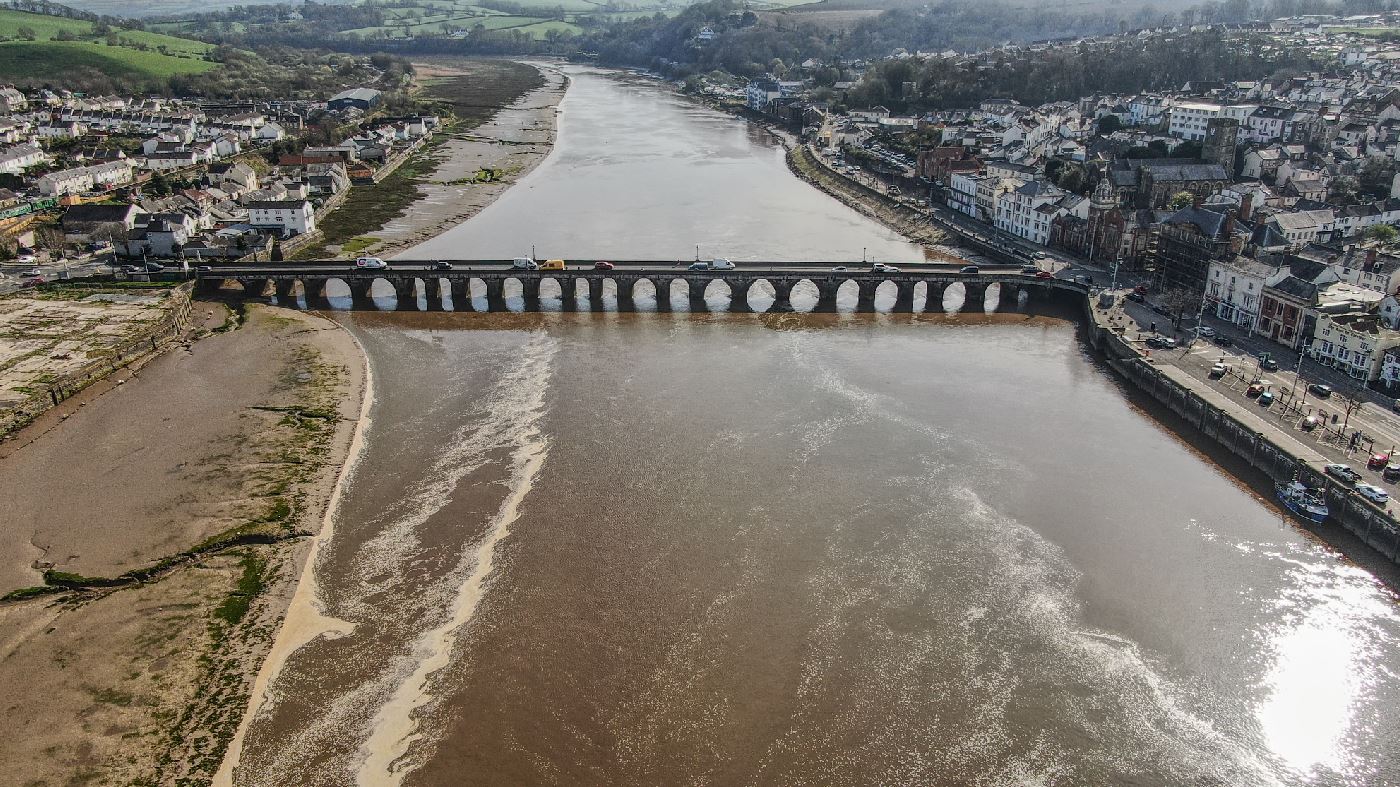Bideford: A Charming Market Town with a Fascinating Past
Nestled on the banks of the River Torridge in North Devon, Bideford is a picturesque market town with a rich and varied history. From its early days as a busy port and centre for the wool trade to its role in the transatlantic slave trade, Bideford has a story to tell.
The Early Days of Bideford
Bideford's name is believed to have derived from the old English words "by the ford", referring to the ford that once crossed the River Torridge in the town. The town dates back to at least the 8th century, when it was an important port for trading goods such as wool, cloth, and leather with other parts of Britain and Europe.
In the 16th century, Bideford became a centre for the wool trade, with merchants from all over England coming to the town to buy and sell fleeces. The town's prosperity during this time is evident in its many fine buildings, including the handsome Elizabethan town hall, which still stands today.
The Transatlantic Slave Trade and Bideford
Like many other British ports during the 17th and 18th centuries, Bideford played a role in the transatlantic slave trade. Local merchants invested in slaving voyages, and the town's ships were involved in transporting enslaved Africans across the Atlantic to the Americas.
One of the most famous slaving voyages associated with Bideford was the journey of the Zong in 1781. The ship was owned by a Bideford merchant, and it was carrying enslaved Africans from Africa to Jamaica. During the voyage, many of the enslaved people fell ill and died, and the ship's crew threw some of them overboard in order to claim compensation from the ship's insurers for their "loss". The case became a cause célèbre in the fight against the slave trade, and helped to galvanise public opinion against the practice.
Bideford in the Industrial Age
In the 19th century, Bideford began to change as the Industrial Revolution took hold. The town's port became less important, and industry such as shipbuilding, pottery, and lace-making became more significant. Bideford also became a popular holiday destination for wealthy Victorians, who were attracted by the town's charming streets, beautiful scenery, and mild climate.
One of the most notable Bideford residents of the 19th century was the poet and writer Charles Kingsley. Kingsley spent much of his childhood in the town, and his experiences there inspired many of his works, including the classic novel Westward Ho!.
Modern-day Bideford
Today, Bideford is a thriving market town with a strong sense of community. Its historic buildings and charming streets continue to attract visitors, and the town is surrounded by beautiful countryside, making it a popular base for outdoor activities such as hiking, cycling, and water sports.
Bideford also has a rich cultural scene, with events and festivals taking place throughout the year. These include the Bideford Folk Festival, the Bideford Water Festival, and the Bideford Carnival, which sees the town come alive with colourful floats and costumes.
In recent years, Bideford has undergone a period of regeneration, with new developments such as the Atlantic Park retail park and the Bridge View development helping to boost the local economy.
Here are a few photos from my Drone flight at Bideford
Drone video of Bideford
See my drone video of Bideford here, don't forget to subscribe if you like this type of thing
See some more of my favorite places in the UK
More places to visit and photograph in the UK






